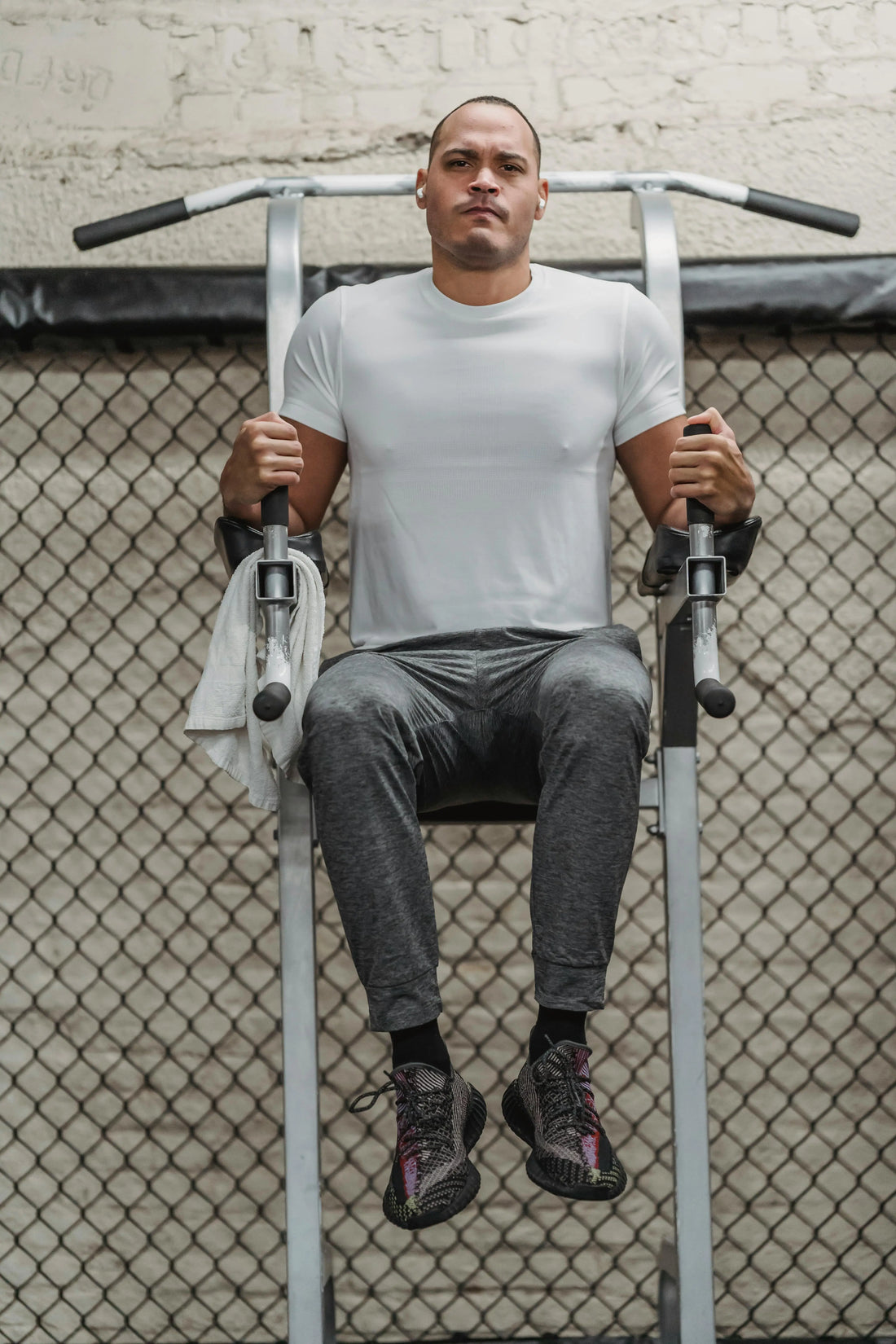
Discover Effective Exercise Functionality: What Makes a Great Workout Station?
Share
When it comes to achieving your fitness goals, having a well-designed workout station can make all the difference. Exercise functionality refers to how effectively your equipment and space support your training needs. Whether you're building strength, improving endurance, or focusing on flexibility, a functional workout station should enhance your performance and keep you motivated. In this article, we'll explore what makes a great workout station, from equipment selection to space organization, and how these choices impact your overall training success.
1. Understanding Exercise Functionality
What Is Exercise Functionality?
Exercise functionality is the measure of how well your workout station supports a wide range of movements and training goals. A functional workout setup allows you to perform exercises that mimic real-life movements, helping improve coordination, balance, and strength. It’s not just about lifting weights—it's about training your body to move efficiently in various directions and planes of motion.
Why It Matters in Training
Functional training helps bridge the gap between isolated muscle exercises and real-world physical demands. It enables better performance in daily activities and sports, reduces injury risk, and improves overall body awareness. Whether you're doing functional strength training, weight training, or a full-body functional workout, having a workout station that supports these movements is essential for long-term success.
2. Choosing the Right Equipment for Functional Training
Key Equipment for a Functional Workout Station
Your workout station should include versatile equipment that allows for a variety of exercises. Free weights like dumbbells and kettlebells are essential for strength and mobility work. Resistance bands add versatility for assisted or resistance-based movements. Stability balls and balance pads can enhance core engagement and improve proprioception. A pull-up bar or a wall-mounted multi-functional workout station can offer compound movement options like pull-ups, dips, and rows.
How to Select Equipment Based on Goals
Consider your training goals when selecting equipment. If you're focusing on functional strength training, prioritize tools that allow for compound movements. For functional weight training, adjustable dumbbells or a barbell setup can be ideal. If you're into high-intensity functional workouts, look for equipment that supports quick transitions and dynamic movement patterns. The Multi-Functional Workout Station is a great example of a compact, space-saving solution that supports a wide range of exercises.
3. Designing a Space That Supports Movement Variety
Creating a Functional Layout
A well-designed workout space should allow for smooth transitions between exercises. Ensure you have enough floor space for movements like lunges, squats, and plyometric jumps. Wall-mounted equipment can save space while still offering full-body training options. Keep frequently used items within reach to maintain workout flow and motivation.
Space Optimization Tips
Use vertical space wisely. Wall-mounted racks, shelves, and folding equipment can help maximize your workout area. Choose equipment that can be easily stored or moved. If you have limited space, consider a multi-functional workout station that combines several training tools into one unit, making it easier to maintain a clean and efficient workout zone.
4. Integrating Functional Strength Training into Your Routine
Benefits of Functional Strength Workouts
Functional strength training helps improve muscle coordination, joint stability, and overall movement efficiency. It prepares your body for real-life activities and enhances athletic performance. By incorporating functional strength workouts into your routine, you’ll develop better posture, balance, and injury resilience.
Sample Functional Strength Exercises
- Single-leg squats for balance and leg strength
- Medicine ball slams for power and core engagement
- Farmer’s carries for grip strength and posture
- Push-ups with a stability ball for core activation
These exercises can be done with minimal equipment and are perfect for a functional workout station that supports full-body training.
5. The Role of Functional Weight Training
How Functional Weight Training Differs from Traditional Methods
Traditional weight training often focuses on isolated muscle groups, while functional weight training emphasizes movement patterns that involve multiple joints and muscle groups. This approach enhances coordination, core stability, and overall body strength. It's particularly beneficial for athletes and individuals looking to improve daily functional abilities.
How to Incorporate It into Your Workout Station
Include exercises like kettlebell swings, goblet squats, and deadlifts in your routine. Use adjustable dumbbells or a barbell system that allows for full-body movements. A wall-mounted functional workout station can also support loaded movements like pull-ups and rows, making it a versatile option for functional weight training.
6. Conclusion: Building the Ultimate Functional Workout Station
Creating a great workout station starts with understanding your training goals and choosing the right equipment to support them. Exercise functionality is about more than just having the latest gear—it’s about designing a space that allows you to train effectively, safely, and consistently. Whether you're into functional strength training, functional weight training, or full-body functional workouts, a well-thought-out setup will help you stay motivated and achieve better results. Consider investing in a Multi-Functional Workout Station to bring together all the elements of a functional training environment in one compact, efficient solution.
7. Frequently Asked Questions (FAQ)
What is the best workout station for home use?
The best home workout station depends on your training goals and available space. For functional training, look for a station that includes a pull-up bar, resistance bands, and adjustable weight options. The Multi-Functional Workout Station is a compact and versatile option for home users.
Can I do functional strength training without a gym?
Absolutely! Functional strength training can be done at home with minimal equipment. Dumbbells, resistance bands, and a sturdy chair or bench are all you need to start building functional strength. A wall-mounted workout station can further enhance your home setup.
How often should I train with functional exercises?
For best results, aim to include functional exercises in your routine 2–4 times per week. This allows for adequate recovery while still building strength, mobility, and coordination. Mix functional strength workouts with traditional strength or cardio sessions for a balanced fitness plan.
